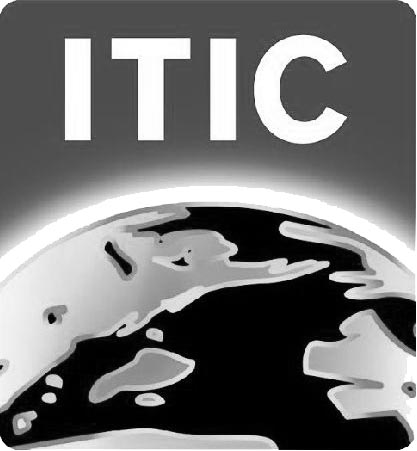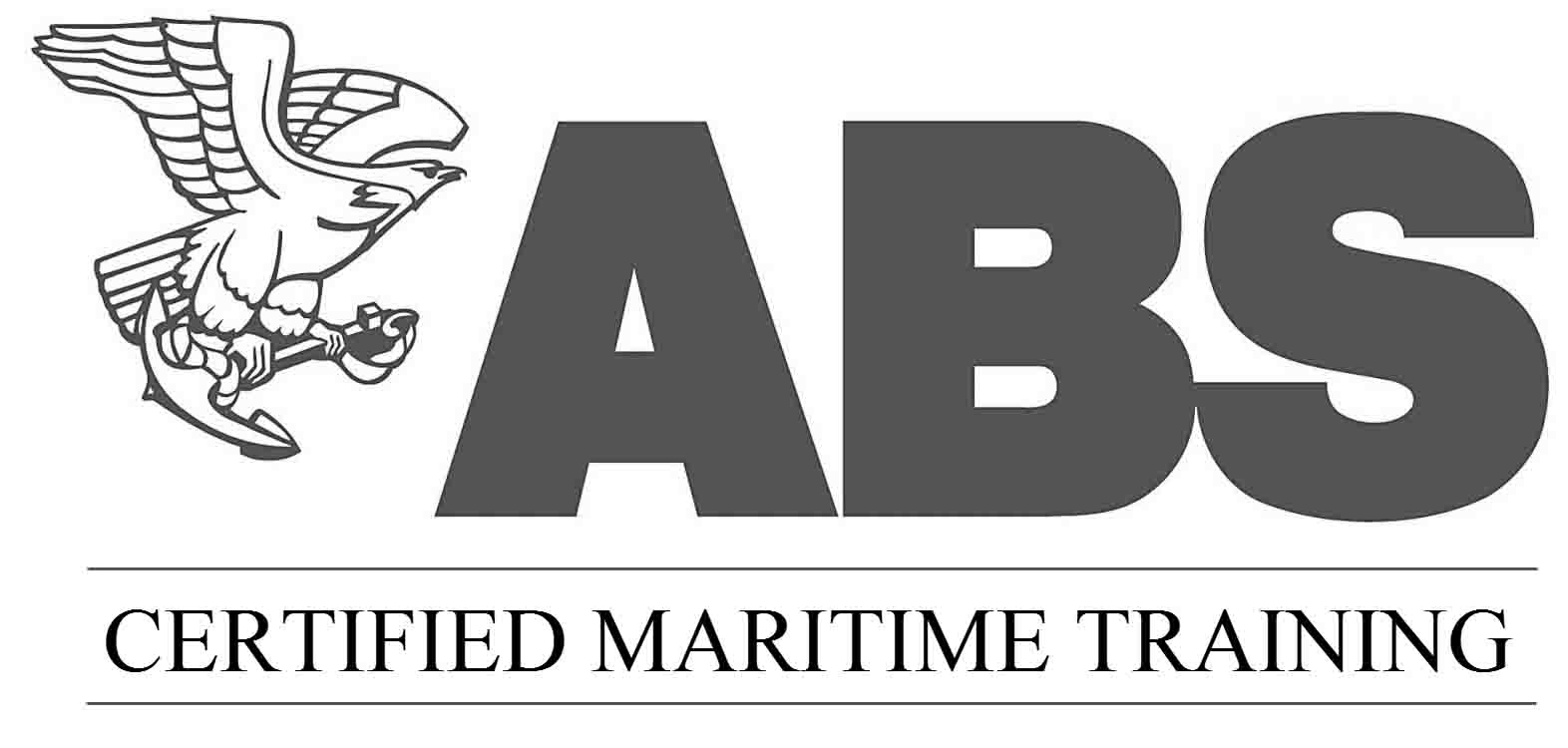Member of
- BiMCO
- Green award
- Helmepa
- Intertanko



12-01-2017
Vessel Clearance for STS Operation ? A need for?standardisation
Ensuring vessel suitability, ensuring vessel compatibility & associated documents.
?
It is an industry practice where each tanker vessel owner has to assess the suitability or compatibility of nominated vessels for loading or discharge via Ship-to-Ship, when the cargo owners decides to proceed with such operation. This article will comment on the proposed documents required for such assessment by the tanker owners who should ensure safety and compatibility according to latest OCIMF STS guidelines.[1]
The assessment of suitability or compatibility are procedures, initiated by charterers, who expect to receive the consent of the owner and his Master with respect to nominated vessel and not with respect to the operation itself since it is a contractual commitment as part of the C/P STS or other relevant rider clauses.
The assessment of a vessel(s) compliance for an STS operation embodies the assessment of on vessel suitability (Safety related) and the assessment on vessel compatibility (Apparatus related). These two assessment concepts are different from each other and may take place either simultaneously or instead the suitability may precede the compatibility assessment.
In some cases, the T/C charterer may request from the owner to revert on his consent on nominated vessel suitability. This action takes place for two reasons. The first goal for the charterer to exercise his due diligence with respect to participating vessel(s) compliance while the second goal is to provisionally receive master?s/owner?s confirmation (with or without subjects) on nominated vessel(s) suitability assessment as far as safety is concerned always on the basis of acknowledged industry standards. If any subjects are raised from the owners, those should be associated with safety issues and not related to the scope of transferring cargo via STS operation.
Compatibility assessment is related to the proper rigging of Mooring, primary and secondary fendering. In some vessels, special arrangement of the hull geometry is also being examined. Such assessment usually takes place by the involved service provider as part of their duties within the formation of the Joint Plan of Operations. Since each Master is aware of his own vessel characteristics, it is prudent for the Master and owner to provide his confirmation on the compatibility of vessels.
According to the latest OCIMF STS guidelines the master has the overall responsibility of the STS operation as outlined at sections 1.5.1 and 3.1 which mention:
?1.5.1 The Master of each vessel shall always remain in command of his vessel, crew and cargo, and shall under no circumstances permit safety to be jeopardised by the actions of others.
?3.1 For all ship to ship (STS) transfer operations each, Master remains at all times responsible for the safety of his own ship (its crew, cargo and equipment) and should not permit safety to be compromised by the actions of others. Each Master should ensure that the procedures recommended by this guide are followed and, in addition, that internationally accepted safety standards are maintained.
In some T/C or spot charters the STS clause mentions that the STS operation is subject to prior approval from the master and owner as shown below:
??If charterers require a ship-to-ship transfer operation or lightening by lightering barges to be performed then all tankers and/or lightering barges to be used in the transhipment/lightening shall be subject to prior approval of owners, which not to be unreasonably withheld, and all relevant certificates must be valid?.?
Owners approval does not consist as an approval to the STS operation. This is thoroughly explained and justified at the FALCONERA VS ARCADIA ENERGY court award[2] where the Judge Mr Justice Eder mentions at paragraph 2 the following:
?Thus, under the charter, the Owners are not entitled to approve (or to refuse) the proposed STS transfer: their right of approval is limited to a right to review the details of the nominated vessel and to decide whether or not she is suitable for STS operations. In my judgment, this makes commercial sense. Once the nominated vessel is approved as suitable, all STS transfers require proper detailed planning.?
Since the Master is responsible for the safety of the operation, according to latest OCIMF guidelines, his final assessment on suitability is a prerequisite prior to conducting the operation. In such case, if the Master considers that the nominated vessel(s) is not considered as suitable, then such concerns should not be unreasonable and always should be related to safety issues.
Some cargo owners/charterers undertake the vessel suitability assessment, when considering vessels on subs for STS, prior to nominating such vessels to T/C owners, according to the internal policies and procedures of their organization. In this case suitability of vessel(s) has been satisfied for cargo owners/ charterers, while Masters are entitled to assess the compatibility.
Vessel Suitability or compatibility assessment is based on examination of vessel characteristics and status such as seaworthiness, statutory compliance, classification, mooring apparatus vessel dimensions and displacement, cargo quantity and type.
Such assessment takes place through the presentation of vessel documents that convey such information. Each technical operator interprets the required documents on the basis of his understanding and sometimes this exercise creates a confusion to charterers with unreasonable burden on document management. There is a need at this industry to unify the assessment process either for vessel suitability or compatibility, in order to standardize the process and support it by exchange of important documents.
It is of upmost importance to note that any documents presented for each vessel are truthful and correct with respect to the information conveyed. When a Master or owner exercise his due diligence by examining documents for a nominated vessel, it has to be accepted that the counter owner whose vessel is being examined, provides the correct information.
STS Compatibility Checks
For the assessment on STS compatibility the following documents are considered as a minimum:
On the basis of above information, the Master confirms compatibility of vessels and may confirm same to his charterer or raise any technical compatibility issues that need to be address prior to carrying out operation.
Should the service provider be appointed at this occasion, he may consult with his opinion and assist the master.
Subsequent to above confirmation on compatibility due diligence check required by charterers, the master may seek additional assurance for the appointed STS service provider and mooring master that they can provide the expected quality of assistance, as per OCIMF guidelines and IMO regulations could be requested. Charterers, do not provide any assurance, or other information regarding the quality assurance that is being carried out on service providers, thus, in certain cases tanker operators may request the following:
STS Suitability Assessment.
For the STS assessment on suitability our opinion is that the following documents should be required as a minimum:
Other documents such as CLC, DOC, SMC, Certificate of Registry are not considered as mandatory for the assessment on suitability, unless a discrepancy is evidenced during the clearance. For example, it has been noticed in some Q88 questionnaires that the available number of closed chocks does not correspond to the actual ones and hence a mooring arrangement may be requested. Also in case the DOC holder depicted at the Q88 is not consistent with Class status or web data, then the DOC and SMC certificates may be requested as a further source of evidence. Furthermore, for some vessels which participate in STS operation for the first time or other reasons associated with safety, the STS experience matrix could be requested.
In some regions, such as USA specific questionnaires are requested for lightering purposes such as the ITOL questionnaire. ?This questionnaire covers most of the data included in the Q88 apart from the following:
?